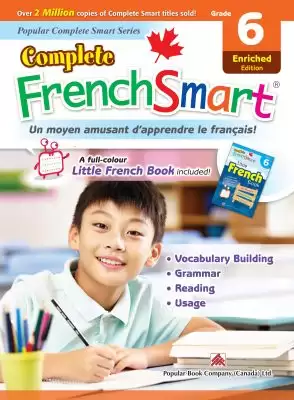One question we hear from kids all the time is WHY.
Ontario’s math curriculum and teaching practices have now embraced this curiosity and wonder of children for them to gain deeper knowledge and understanding. It also has a heavy focus on students’ understanding the meaning behind each question (ie. 14 means 1 group of tens, and 4 ones). So, why doesn’t the current language curriculum do the same?
According to the latest news, Ontario will be revamping the curriculum to ensure a stronger focus on phonics. One of the main arguments put forth by the Ontario Human Rights Commission claimed the three cueing system method impacted the reading development of many students. As a result, many students have fallen through the cracks and have not learned to read properly. One commission report stated that “26 per cent of all Grade 3 students and 19 per cent of all Grade 6 students were not meeting the provincial standard for reading in 2018-2019”.
The simplest way to explain reading is through Gough and Tunmers, “The Simple View of Reading”, 1986. Reading is broken down into to parts: word-level decoding (word recognition) and listening/oral language comprehension (i.e. how well one understands spoken language). When one has a high degree of both, they are considered a good reader. If decoding or language comprehension are weak, then overall reading comprehension will be affected.
One approach to teaching a thorough and comprehensive program of phonemic and phonological awareness is referred to as “The Science of Reading” (SoR). This approach provides students with the behind the scenes of how the English language works and how to decode words. It allows them to understand rules through a tangible approach which in turn leads to greater fluency and comprehension. The Science of Reading (SoR) approach provides students with the tools to decode and understand the words they are reading. By breaking words down into syllables, with syllable rules and structure, students are able to understand WHY we read a word a certain way and most importantly they learn HOW to read. In addition to learning syllable rules, students learn about vowel combinations, blends, digraphs, etc. so when they see these patterns, they can apply their knowledge to reading/breaking apart the word.
Below is an example of this approach,
Students learn about something called a “closed syllable”. The website, Really Great Reading states that closed syllables make up 53% of all English syllables. They learn that whenever a syllable follows the pattern of consonant-vowel-consonant, or vowel-consonant, the vowel sound will be short (this may sound confusing, but with proper instructions and practice, it becomes a concrete method to tackle some unknown words). Some examples of words that follow this rule are: cat, dog, it, let, but.
Sources and Further Reading:
https://beta.ctvnews.ca/local/toronto/2022/2/28/1_5799524.amp.html
https://www.idaontario.com/science-of-reading/
https://www.reallygreatreading.com/what-is-the-science-of-reading-and-phonics









